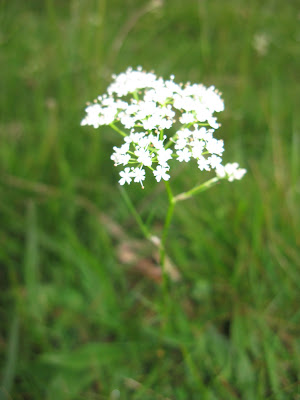









 In Egham (Surrey), things seemed earlier. The White dead nettle (Lamium album), Heath bedstraw (Galium saxatile), Greater stitchwort (Stellaria holostea), Pignut (Conopodium majus), Redshank (Polygonum persicaria), Pineapple mayweed (Chamomilla suaveolens), Hedge bindweed (Calystegia sepium), Skullcap (Scutellaria galericulata) and Green alkanet (Pentaglottis sempervirens) were all in bloom. In Great Windsor Park, feral Ring-necked parakeet (Psittacula krameri) and Red deer (Cervus elaphus) were both seen.
In Egham (Surrey), things seemed earlier. The White dead nettle (Lamium album), Heath bedstraw (Galium saxatile), Greater stitchwort (Stellaria holostea), Pignut (Conopodium majus), Redshank (Polygonum persicaria), Pineapple mayweed (Chamomilla suaveolens), Hedge bindweed (Calystegia sepium), Skullcap (Scutellaria galericulata) and Green alkanet (Pentaglottis sempervirens) were all in bloom. In Great Windsor Park, feral Ring-necked parakeet (Psittacula krameri) and Red deer (Cervus elaphus) were both seen.
%20mating%20NWCW.jpg)


3 comments:
Hm. What do you think about feral parrot species in the UK?
Australian Sulphur-Crested Cockatoos are on the increase in some parts of New Zealand, I learned last weekend. There is at least one huge flock of 50 around the Firth of Thames. And we've had a steady increase in (usually pairs) of rainbow lorikeets for decades. And all the while, indigenous Kaka, and even the formally common Kea, are becoming much rarer...
That very much depends where the bird is operating. Pretty obviously, even without human 'help', some birds will eventually make it to new locations (most are relatively mobile). Having said that, they can be pretty problematic for other species and, where there is good evidence (like the parakeets of Surrey) that they don't belong there, I sadly think it's up to humans to remove them (with extreme prejudice).
Post a Comment